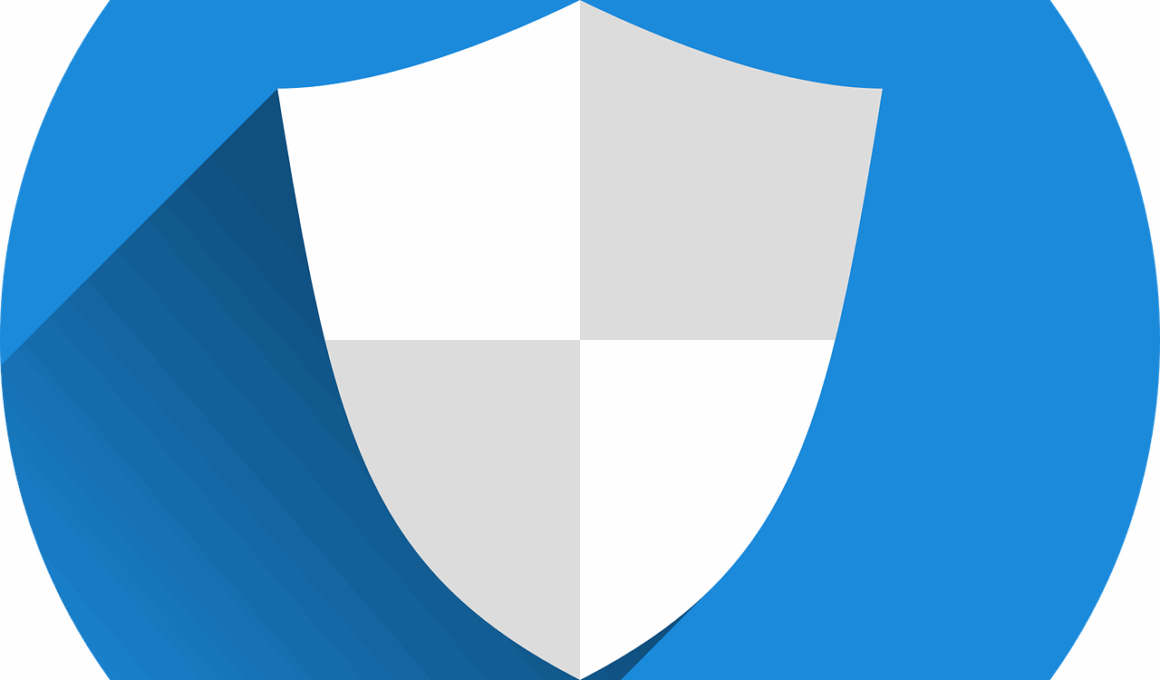The Key Privacy Settings Every Flickr User Should Consider
Flickr is a widely used platform for photographers to share their images, but with great exposure comes responsibility, especially regarding privacy. To protect your privacy effectively on Flickr, navigate to the privacy settings accessible in your account menu. Here, you will find options to control who views your photos, who can comment, and who can explore your profile. Familiarize yourself with each setting’s implications, ensuring you align your sharing practices with your personal comfort levels. Consistent updates to privacy settings are crucial as Flickr periodically revises its policies. Therefore, examine your preferences regularly, particularly after platform updates or policy changes. It’s also wise to familiarize yourself with the community guidelines to prevent unintentional breaches of privacy. Moreover, consider adjusting your sharing settings for different photo sets—some may want to be public, whereas others should remain private. By selectively sharing images, you maintain control over your digital exposure while still enjoying the benefits of social sharing.
After setting basic privacy controls in Flickr, delve deeper into specific settings to enhance your security. One key feature is the “Who Can See My Stuff” option, which allows you to choose between public, friends, or family visibility for your photos and albums. This granular approach to privacy ensures you dictate your audience comprehensively. Next, explore the “Photo Downloading” setting. By disabling this option, you prevent users from downloading your images without your consent, protecting your intellectual property. Always remember that ensuring privacy on Flickr extends beyond initial settings. Make it a regular practice to review the list of contacts and followers regularly. Remove any accounts that seem suspicious or unaligned with your values. Furthermore, consider enabling two-factor authentication (2FA) for your account. This added layer of security can prevent unauthorized access. Regularly changing your password is also a prudent measure to secure your account against potential intrusions. Educating yourself about the different privacy features available while maintaining an awareness of your photographic content is essential in this digital age.
Understanding Licenses and Copyrights
In addition to privacy settings, understanding license options on Flickr is vital for any user concerned about the distribution of their work. Flickr offers various licensing options, allowing users to select how their photos can be used by others. The most common are Creative Commons licenses, which grant specific rights, such as the ability to share but not modify images. Choosing an appropriate license provides clarity about how you share your work and protects your rights as a creator. Always select a license that aligns with your intended use for the photo. Before uploading, take time to educate yourself about copyright laws that apply to your work. Copyright gives you, the creator, exclusive rights to showcase your creation. Conversely, bypassing proper licensing or copyright knowledge can lead to unauthorized usage of your images. Additionally, consider watermarking photos if you’re particularly protective or concerned about unauthorized use. This practice can deter others from misusing your images. Always document the circumstances under which you share your work on Flickr to avoid potential copyright issues later.
Engaging with the Flickr community requires awareness of how interactions can affect your privacy. While comments can foster connections, they can also expose your information to a wide audience. Therefore, review your comment settings regularly. You can opt to restrict comments to friends or disable them altogether for more private albums. Meanwhile, be mindful of direct messages. Check your settings to control who can send you these messages, as unsolicited contact can be intrusive. It’s sensible to keep contact with unfamiliar users at arm’s length to maintain your privacy. Additionally, participate in groups judiciously. Groups may serve as a platform for sharing, but they can also expose your photos to broader audiences. Always assess the group rules and existing member dynamics before posting images. When joining any group, consider its reputation and the privacy standard it upholds. Regularly reviewing your group memberships can help you erase associations that no longer align with your privacy preferences.
Location Privacy Considerations
Location tagging is a brilliant feature for photographers seeking to showcase their work’s context; however, it also raises privacy concerns. Think critically before enabling geotagging on your images. You might unintentionally disclose the specific locations you frequent or reside, which can be exploited. It’s advisable to disable geotagging before uploading photos if maintaining privacy is paramount. Additionally, think about the implications of sharing your images on social media platforms connected to Flickr. While social networks increase your audience reach, they could expose your location to unwanted viewers. Always check how your content appears across different platforms and whether location data accompanies your images. Adjust settings accordingly to ensure you’re not oversharing information that could impact your safety or personal life. If you post photos regularly from your home or workplace, consider the ramifications of that choice. It’s essential to prioritize your security and personal privacy while engaging with the community, finding a balance between sharing and safeguarding your personal information.
Finally, remember that mutual respect is key when interacting with others in the Flickr community. Users should adhere to established boundaries regarding sharing personal content. Respect others’ privacy settings, and don’t distribute others’ images without permission. Maintain a spirit of integrity by only sharing content from creators who approve of such actions. When conducting photography sessions in public spaces, recognize the need for consent before posting identifiable individuals in your pictures. These considerations build a respectful environment on the platform. Moreover, guard your personal information vigilantly. Avoid sharing sensitive details, such as your full address or any identifiable location information, in comments or within your profile settings. Understanding the balance between connection and privacy is crucial. Utilize Flickr as a means to express creatively while prioritizing your privacy and safety. Building relationships with fellow photographers and artists is valuable. However, knowing where to draw the line in protecting one’s digital footprint ensures peace of mind, making your Flickr experience enjoyable and secure.
Conclusion: Navigating Privacy on Flickr
In conclusion, maintaining privacy on Flickr while sharing your photography requires regular vigilance and informed decision-making. Using the platform’s available settings effectively can significantly enhance your control over your images and personal information. Remember to routinely review and update your privacy settings, ensuring they align with your current comfort levels and intentions for sharing. Understanding licensing options and copyright implications ensures that you maintain intellectual property rights while engaging with the community. Moreover, respecting others’ privacy settings and boundaries is essential in fostering a respectful environment. Location tagging requires careful consideration, emphasizing the importance of personal safety in a public digital space. Over time, prioritize your online security through practices like two-factor authentication and by managing direct communication allowances. Ultimately, utilizing Flickr can be both fulfilling and introspective while observing and respecting privacy guidelines. This balance, when achieved effectively, enriches your photography journey while keeping your private life secure from prying eyes. A happy, secure community greatly enhances the overall experience for Flickr users who want to engage positively.
Staying informed about the platform’s latest privacy features is crucial. Maintain awareness of community expectations and uphold personal accountability in your art and social engagement. Being proactive about managing your online presence and privacy protects not only your artwork but your overall well-being.


